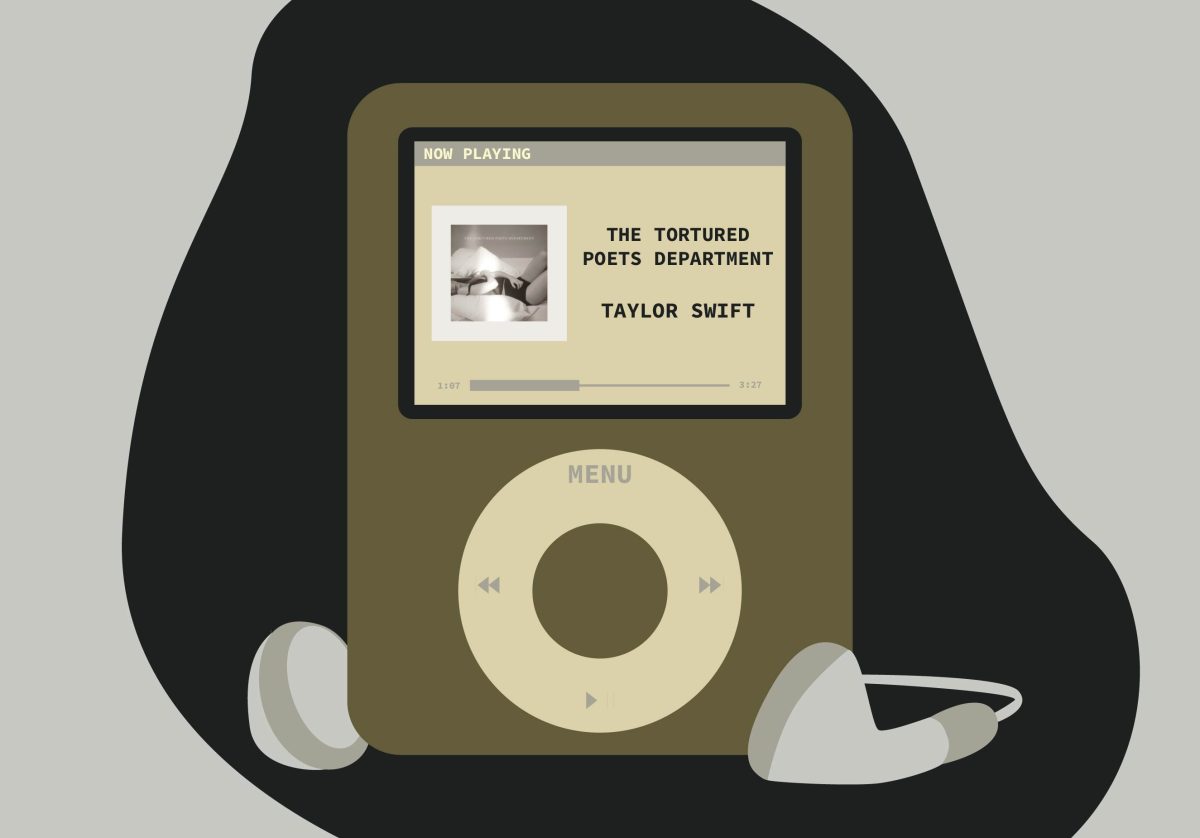In 1967, The Beatles sang about “getting by” with the help of one’s friends.
In the case of burgeoning architect Frank Gehry, his ’60s friends and fellow artists did more than just help him “get by” – their influence would help him become one of the world’s most famous architects.
That influence is the subject of the Weisman Art Museum’s exhibit, West! Frank Gehry and the Artists of Venice Beach, 1962-1978.
The collection features the work of 16 artists who lived and worked in Venice, Calif., during the decades considered the most formative for Gehry’s distinctive technique.
While the exhibit’s scope is unique, many of the pieces, if taken out of context, aren’t terribly interesting. It is primarily those with an interest in architecture or conceptual art who will spend extensive time in the gallery.
Building a history
Beginning in 1962, Gehry lived in Santa Monica, Calif., and worked as a commercial architect. A nearby community of avant-garde artists befriended him and he soon became familiar with their work.
By playing with light, space and the viewer’s perception of reality, the work of these artists intrigued Gehry. He came to coin the phrase “cheapskate materials” to reference the nontraditional, industrial supplies they worked with.
Exposure to these artists motivated Gehry to experiment with creative side projects.
He toyed with the same concepts and materials his friends did, applying them to architecture.
The group also provided Gehry with a thriving social scene. According to the exhibit, artist John Altoon not only worked in his studio, but threw parties there as well.
Friends with influence
Gehry is now known for his use of unconventional materials. Large sheets of titanium cover his Guggenheim Museum in Bilbao, Spain, for instance. His designs are often as much giant sculptures as they are buildings.
Gehry himself credits artist Guy Dill for making him realize that “a structure could also be a work of art.” Dill’s “Untitled” is made of 16 chunks of wood, constructed to look like a single beam. Ropes strung through 16 hook-and-eyes connect it to the wall. It manages to be both beautiful and unapologetically architectural.
The influence of Robert Irwin on Gehry’s later work can also be seen clearly. His large white aluminum circle, flanked with rows of track lighting on each side, reflects a complex geometric pattern on the walls. To Gehry, Irwin was the “Painter of Light” in 1965, long before Thomas Kinkade trademarked the name.
It is Tony Berlant’s piece, “The Marriage of New York and Athens,” that feels the most familiar, however. The towers appear plated with tin foil; Gehry attributes much of his own use of “everyday materials and references” to Berlant.
Gehry inside and out
While a stroll through the Weisman might shed light on Gehry’s influences, visitors also have the unique opportunity of seeing the culmination of the architect’s work firsthand by stepping outside.
The Weisman Art Museum itself was designed by Gehry – in his now “trademark” style – in 1990.
Since then, Frank Gehry has become a household name while his pals lack much notoriety. It just goes to show that influencing the famous isn’t the same as being famous yourself.
Just ask Stuart Sutcliffe, the fifth Beatle.















